Director(s) Takeshi Ozawa Mode(s) Single-player | Initial release date 19 January 2017 | |
 | ||
Producer(s) Youichi ShimosatoKatsura Mikami Artist(s) Hiro KiyoharaTakayama Toshiaki Similar | ||
Valkyria revolution teaser trailer ps4 ps vita
Valkyria Revolution, known in Japan as Valkyria: Azure Revolution (Japanese: 蒼き革命のヴァルキュリア, Hepburn: Aoki Kakumei no Varukyuria, lit. "Valkyria of the Blue Revolution"), is an action role-playing video game developed by Media.Vision for PlayStation 4, PlayStation Vita and Xbox One. It was first released in Japan in January 2017, and will be released worldwide later that year. In a PSN blog post dated March 27 Sega confirmed they are going to release both Playstation 4 and Playstation Vita versions in June .It is part of the Valkyria series, but is considered to be a spin-off and separate from the Valkryia Chronicles games.
Contents
- Valkyria revolution teaser trailer ps4 ps vita
- Valkyria revolution teaser trailer ps4
- Gameplay
- Setting and characters
- Development
- Promotion and release
- References
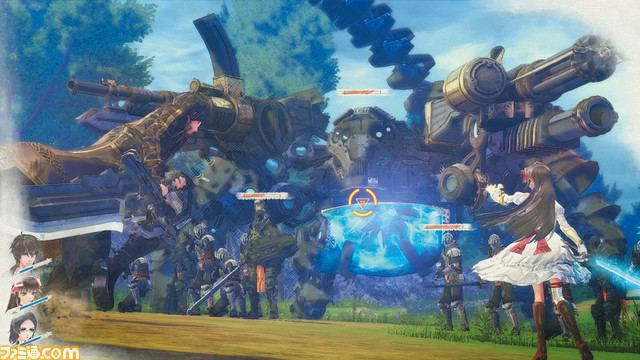
Valkyria revolution teaser trailer ps4
Gameplay
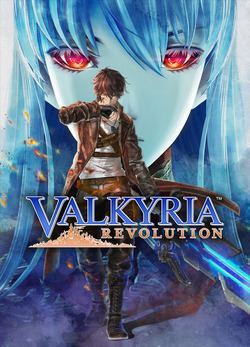
Valkyria Revolution is an action role-playing video game with strategy elements. The flow of the game consists of the player preparing at their base, going to the battlefield to achieve their objectives, and then returning to the base again. The game includes the possibility of permanent death for the characters, but players are able to retry if one of them die.
Setting and characters
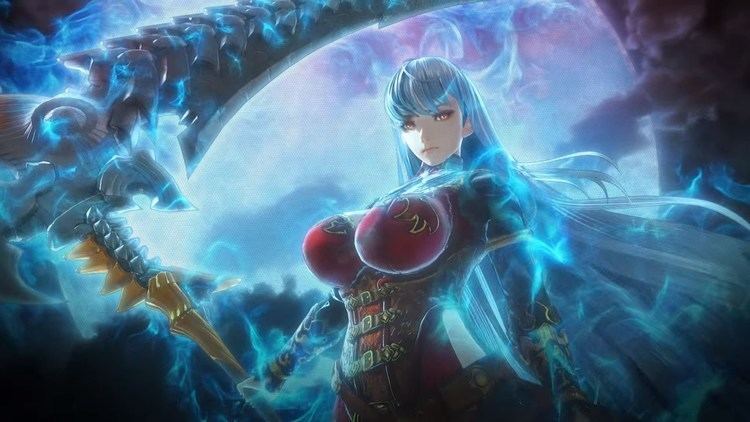
The small country of Jutland is economically blockaded by Ruzhien, a powerful empire that expanded its territory and achieved rapid industrial development after discovering the azure mineral Ragnite; this mineral is used as an energy resource, but also has magical properties. Wanting independence from colonial rule, Jutland strikes the base of the empire's army. In addition to humans, the game world is inhabited by Valkyria; they are supernatural in comparison to humans, and close to being gods. Players take the role of Amleth, the commanding officer of Jutland's elite anti-Valkyria unit. Among other characters are Jutland's princess Ophelia, and Brynhildr, a Valkyria who is on the Ruzhien Empire's side.
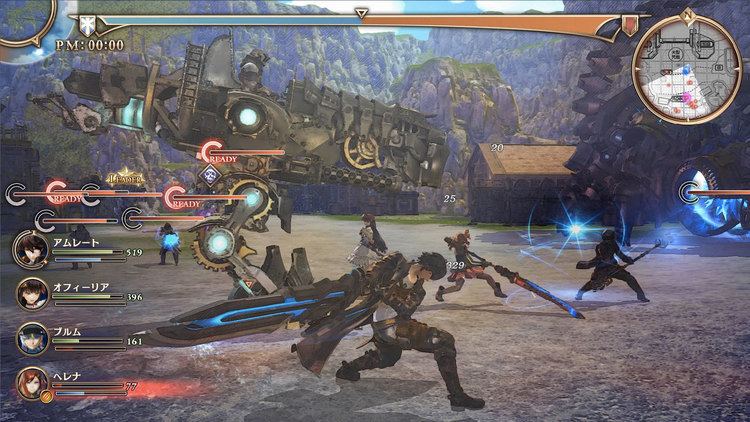
Instead of a World War II influence, the game is inspired by the European industrial revolution and focuses on a war of liberation between two vastly different nations. But arguably the biggest difference is the battle system. The turn-based action has been replaced with faster-paced (but no less strategic) combat. This hybrid battle system combines the tactics of customizing squad behavior and loadouts with real-time action for some pretty intense moments on the field.
Development
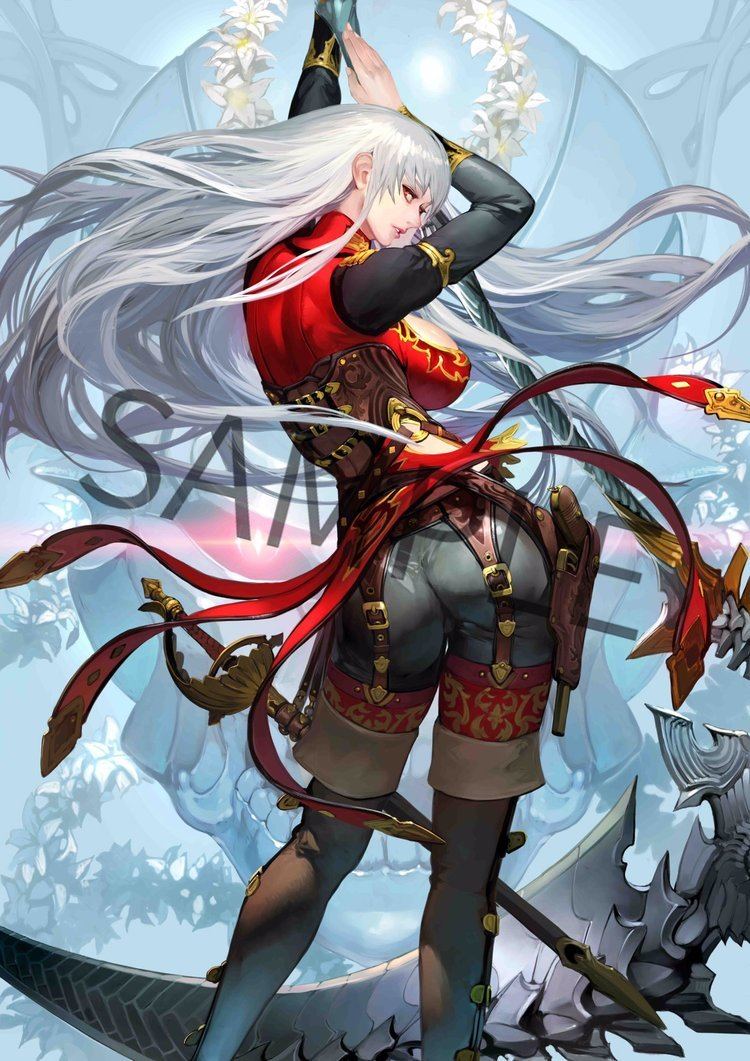
The game is being developed by Media.Vision, and is directed by Takeshi Ozawa and produced by Youichi Shimosato and Katsura Mikami. The characters are designed by Hiro Kiyohara and Takayama Toshiaki, and modeled by Flight Unit. The game uses the Gouache Drawing Engine for the graphics, with which the development team intends to depict the game in a painting-like manner. Work on the game began with the development team wanting to create something new related to the Valkyria series; at first, they considered making a real-time strategy game, but decided to make a real-time role-playing game instead, as they thought more people would want to play that. Ozawa said that while there are aspects of the game that are similar to Valkyria Chronicles, the game is mostly different. Shimosato saw it as a new series within the Valkyria franchise; he referred to it as the Kakumei ("Revolution") series, and called previous Valkyria games the Senjou ("Battlefield") series.
The game's original score was composed, arranged, and produced by Yasunori Mitsuda, which was his first solo game soundtrack in over seven years. Intending to express the game's worldview through the music, he chose to use a classical sound for the game, and used seamless switching between battle and field music, something that was new to him. The main theme was performed by the Tokyo Symphony Orchestra; according to Mitsuda, the scale of the recording session was larger than what was usual for Japanese video games. A few songs were sung by Sarah Àlainn, who Mitsuda had also worked with previously on the ending track of Xenoblade Chronicles. According to her and Mitsuda, it was a positive song themed around death. Because of its similarity to hymns, Àlainn attempted to express the song with a "mystic yet dark feeling to the singing".
One of the game's themes is death; the development team felt that if characters would not die, the player would not feel fear, which is what led to the inclusion of permanent death in the game. They included story events for specific characters, to make the player feel motivated to keep everyone alive; while the main story continues, events relating to specific characters do not occur if that character is dead. However, they intended for it to be possible to experience everything in the game if the player puts effort into it, with it being possibly to retry if a character dies. The development team did not want to tone down the obstacles the player faces in the game; instead, they plan to include an easier mode.
A demo for the game was included with the PlayStation 4 release of Valkyria Chronicles; Sega gathered feedback on the game from people who play the demo. This was a change compared to previous games by the developer, where the demo was released close to the release of the final product, making it have no effect on the development. They received around three times the amount of feedback they had expected; according to Kozawa, a lot of it was "harsh". This led them to change the game's battle system, to make it feel more like a role-playing game and less like an action game: in the demo, the action focus made it difficult to strategize during battles, so the developers added an action gauge to allied and enemy characters, with actions being possible to perform when the gauge is filled up; they also added the option for players to stop time while using weapons or abilities. Among other changes in response to the feedback were an increased number of party members and the removal of field encounters. Kozawa also said that he was thinking of a way for the player to customize the artificial intelligence of their allies, and that they were working on a way to make direct commands.
Promotion and release
The game was announced for PlayStation 4 in November 2015 alongside a PlayStation 4 version of Valkyria Chronicles. In August 2016, a PlayStation Vita version was also revealed. The game is planned to be released by Sega in Japan on January 19, 2017, and in North America in early 2017. It is also planned to be released by Deep Silver in Europe in early 2017 as well. For the Western releases, an Xbox One version will also be available. The home console versions will be available both physically and digitally in the West, while the PlayStation Vita version will be a digital-only title. A two-disc, official soundtrack was released alongside the game's Japanese release on January 19.
In the Americas, pre-orders and limited launch copies of the physical PlayStation 4 and Xbox One versions will come packaged as the “Vanargand Edition,” which is named after the in-game specialized unit of anti-Valkyria soldiers. It includes a metal pin emblazoned with the elite team’s insignia, a 12-track soundtrack by Yasunori Mitsuda (Chrono Trigger, Stella Glow), and a special outer box.
According to Sega, the reason they changed the title from the Japanese original was that a direct translation of Aoki Kakumei no Varukyuria ("Valkyria of the Blue Revolution") seemed "unwieldy" and difficult to handle graphically, while the punctuation in Valkyria: Azure Revolution also was a hindrance. Because of this, they decided to use a two-word title, similar to Valkyria Chronicles, but different enough that the two games would stand "equal but apart from each other".
